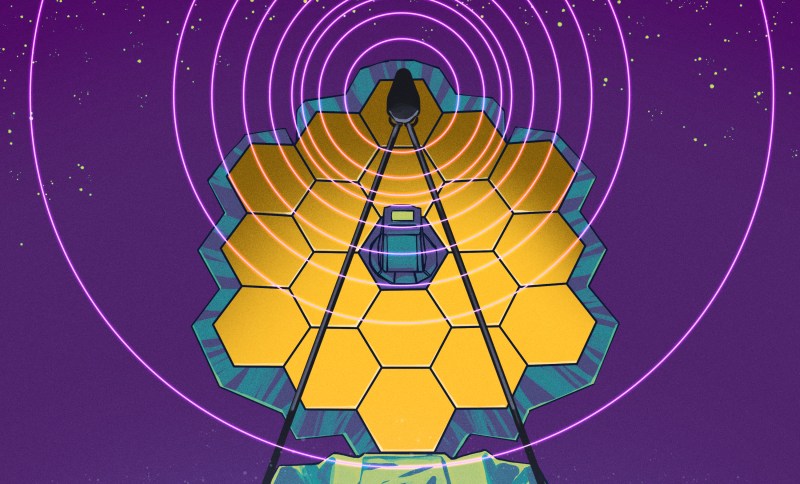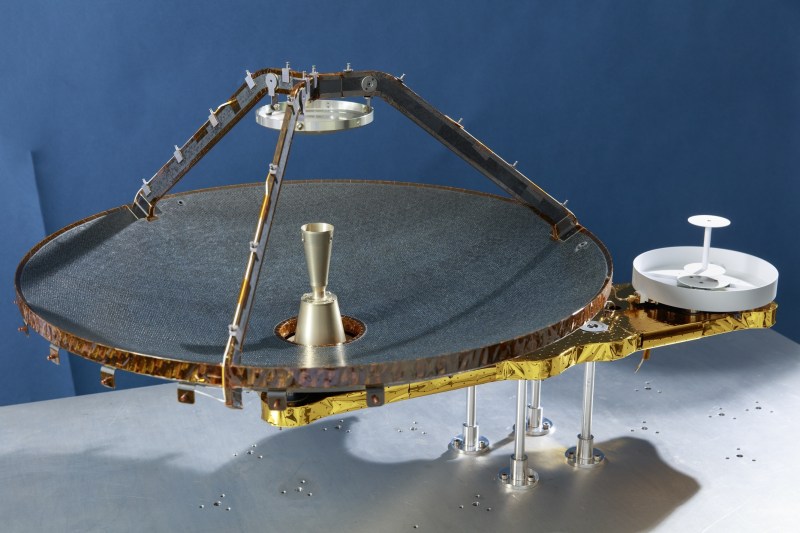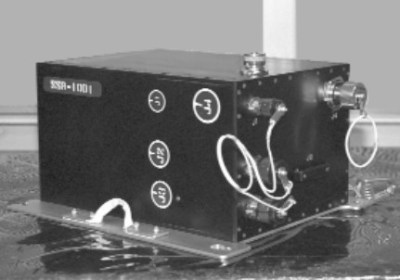
When it comes to an engineering marvel like the James Webb Space Telescope, the technology involved is so specialized that there’s precious little the average person can truly relate to. We’re talking about an infrared observatory that cost $10 billion to build and operates at a temperature of 50 K (−223 °C; −370 °F), 1.5 million kilometers (930,000 mi) from Earth — you wouldn’t exactly expect it to share any parts with your run-of-the-mill laptop.
But it would be a lot easier for the public to understand if it did. So it’s really no surprise that this week we saw several tech sites running headlines about the “tiny solid state drive” inside the James Webb Space Telescope. They marveled at the observatory’s ability to deliver such incredible images with only 68 gigabytes of onboard storage, a figure below what you’d expect to see on a mid-tier smartphone these days. Focusing on the solid state drive (SSD) and its relatively meager capacity gave these articles a touchstone that was easy to grasp by a mainstream audience. Even if it was a flawed comparison, readers came away with a fun fact for the water cooler — “My computer’s got a bigger drive than the James Webb.”
Of course, we know that NASA didn’t hit up eBay for an outdated Samsung EVO SSD to slap into their next-generation space observatory. The reality is that the solid state drive, known officially as the Solid State Recorder (SSR), was custom built to meet the exact requirements of the JWST’s mission; just like every other component on the spacecraft. Likewise, its somewhat unusual 68 GB capacity isn’t just some arbitrary number, it was precisely calculated given the needs of the scientific instruments onboard.
With so much buzz about the James Webb Space Telescope’s storage capacity, or lack thereof, in the news, it seemed like an excellent time to dive a bit deeper into this particular subsystem of the observatory. How is the SSR utilized, how did engineers land on that specific capacity, and how does its design compare to previous space telescopes such as the Hubble?
High Speed in Deep Space
The communication needs of the James Webb Space Telescope provided engineers with a particularly daunting challenge. To accomplish its scientific goals the spacecraft must be located far away from the Earth, but at the same time, a considerable amount of bandwidth is required to return all of the collected data in a timely manner.
To facilitate this data transfer, the JWST has a 0.6 meter (2 foot) diameter Ka-band high-gain antenna (HGA) on an articulated mount that allows it to be pointed back to Earth regardless of the observatory’s current orientation in space. This Ka-band link provides a theoretical maximum bandwidth of 3.5 MBps through NASA’s Deep Space Network (DSN), though the actual achievable data rate is dependent on many factors.

Unfortunately this high-speed link back to Earth isn’t always available, as the DSN needs to juggle communications with many far-flung spacecraft. With the network’s current utilization, the JWST has been allocated two four-hour windows each day for data transmission. On paper, that means the spacecraft should be able to transmit just over 100 GB of data back to Earth in a 24 hour period, but in practice there are other issues to consider.
For one thing, the high-gain antenna can’t constantly track the Earth, as its movement produces slight vibrations that could ruin delicate observations. Instead, it’s moved every 2.7 hours to keep the planet within the beam width of the antenna. Observations are to be scheduled around this whenever possible, but inevitably, a conflict will eventually arise. Either high-speed data transmission will have to be cut short, or long-duration observations will need to be put on pause while the antenna is realigned. Mission planners will have to carefully weigh their options, with the deciding factor likely to be the scientific importance of the observation in question.
There’s also downtime to consider, on both ends of the link. The DSN could temporarily be unable to receive transmissions, or there could be an issue aboard the spacecraft that prevents it from making its regularly scheduled broadcast. Between the logistical challenges associated with the observatory’s standard downlink and the possibility of unforeseen communication delays, the only way the James Webb could ever hope to make round-the-clock observations is with a sizable onboard data cache.
Flight Tested Technology

In the context of personal computing, solid state drives are a relatively new development. But NASA has been well aware of the advantages, namely lighter weight and a lack of moving parts, for decades. The space agency isn’t known for fielding untested concepts on flagship missions, and this is no different. They’ve been using a similar approach on the Hubble Space Telescope since 1999, when astronauts on the third servicing mission replaced the spacecraft’s original tape-based storage with a 1.5 GB SSR.
Naturally the lower capacity of Hubble’s SSR is due, at least in part, to the era. But even still, this was a considerable upgrade, as the tape recorders the SSR replaced could only hold around 150 MB. Remember that the resolution of the images captured by Hubble are considerably lower than that of the JWST, but that communications with spacecraft in Earth orbit are naturally far more reliable than those in deep space.
Store and Forward
All told, NASA estimates the James Webb should be able to transmit a little over 28 GB through the DSN during each of its twice-daily windows. To provide a full 24 hour buffer, the spacecraft therefore needs about 60 GB of onboard storage. So why is the SSR 68 GB? Partly due to the fact that some of the space is reserved for the observatory’s own use. But also because, as explained by flight systems engineer Alex Hunter to IEEE Spectrum, the extra capacity gives the system some breathing room as wear and radiation whittle away at the SSR’s flash memory over the next decade.
It might not seem like 24 hours is much of a safety net, but there’s several provisos attached to that number. Depending on which scientific instruments are actually being used on the James Webb, the actual amount of data generated each day could be considerably lower. If high-speed communications are hindered, ground controllers would likely put the more data-intensive observations on hold until the issue is resolved. If necessary, NASA could also allocate extra DSN time to work through the backlog. In short, there are enough contingencies in place that the capacity of the SSR should never become a problem.
So while you could certainly find a bigger solid state drive in a mid-range Chromebook than the one NASA recently sent on a decade-long mission aboard the James Webb Space Telescope — careful planning and a healthy dose of the best engineering that money can buy means that size isn’t everything.
[Editor’s note: Yeah, we know that the graphic shows the JWST radiating from the telescope focus. I’ll take the blame for an insufficiently specific art request on this one. But you do have to admit that they look kinda superficially similar if you’re an artist and not a radio guy.]
0 Commentaires